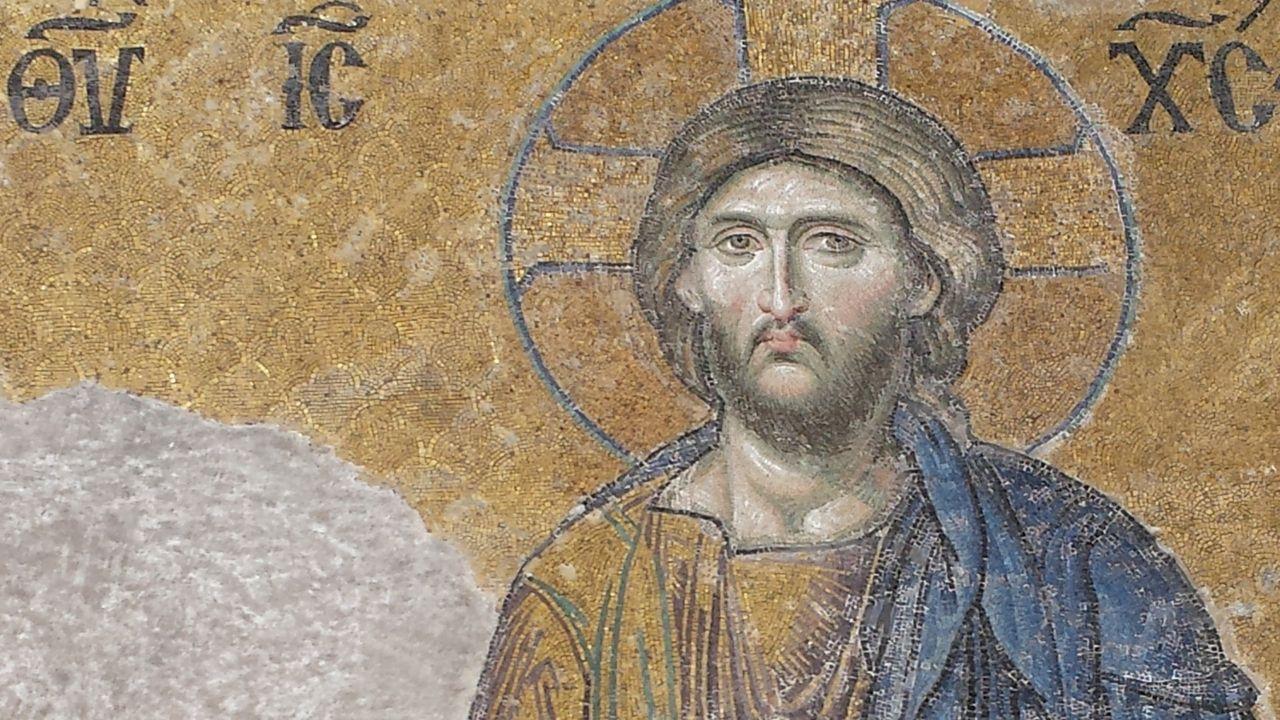Holy Week Through the Eyes of the Languages of the WorldSample

It's one of our most recognizable Bible passages: Jesus' triumphal entry into Jerusalem on Palm Sunday. The English words are familiar, perhaps so familiar that we no longer really think about the story's details. But let's listen into the Palm Sunday account through the lenses of other languages and cultures that are both constrained and empowered to render this story into words their speakers can understand.
When Jesus sends two of his disciples to get a colt to ride into Jerusalem, the translators into Mezquital Otomi, spoken in the Mexican state of Hidalgo, worried that this would sound suspiciously like theft, so they added "to borrow a little donkey" to that verse. Not just any little donkey, though: this was a colt "that had never been ridden," a complicated expression in both Greek and English. Not so in Kalmyk, however, where there's a specialized word—"arkhlata"—for, you guessed it, a colt that has never been ridden. Sometimes much, much smaller languages—Kalmyk is spoken by some 80,000 people in Southern Russia—offer cultural touch points that make understanding the Bible much easier, even more so than in its original languages.
In Arhuaco—a language spoken by about 15,000 people in Colombia—the translators uniquely understood the power of the scene that was to unfold. They knew that unbroken colts are very unruly, so they clarify that when the disciples sat Jesus on the colt, they held it steady.
During Jesus' ride into Jerusalem, the translators of Chilcotin, spoken by 4,000 people in British Columbia, Canada, couldn't have the people generically cut palm branches because Chilcotin requires its speakers to specify the tools used in any action. After extensive research into the tools that the crowds most likely used, the Chilcotin Bible translators have the Israelites cut the palms with a knife-like tool—"xadajelht'az.”
Our English Hosanna itself is a Greek transliteration from the Aramaic or Hebrew, roughly translated into English as "Save, I pray," but typically used as a shout of jubilation in the gospels. But languages from around the world offer multilingual praise and celebration for the Hosannas of the crowd as Jesus enters the city: "Happily let him come!" "Let him be saved!" "The one who saves us!" "Let him be praised!" "God will help us now!" and "Thanks be to God that you have come here!"
Perhaps the translation from Asháninka, a language of 35,000 speakers in Peru and Brazil—"Here is this one who will save us, this one who comes!"—expresses most deeply our heart's cry as we prepare for this Holy Week.
Scripture
About this Plan

This devotion that is intended to accompany you from Palm Sunday through Easter Sunday presents Jesus as he approaches his death and is glorified in his resurrection in a way you might not have encountered him: Through the words of languages from around the world. Find out how other cultural norms and concepts find their expression in Bible translation and how that can have a deep impact on your own appreciation and understanding of God's love for you.
More
We would like to thank United Bible Societies - Global Mission Team for providing this plan. For more information, please visit: https://tips.translation.bible
Related Plans

Refresh Your Soul - Whole Bible in 2 Years (3 of 8)

The Mission | the Unfolding Story of God's Redemptive Purpose (Family Devotional)

Light Has Come

Go Tell It on the Mountain

God vs Goliath: The Battle Before the Battle

Refresh Your Soul - Whole Bible in 2 Years (4 of 8)

WORSHIP: More Than a Song

Refresh Your Soul - Whole Bible in 2 Years (1 of 8)

Making the Most of Your Marriage; a 7-Day Healing Journey
